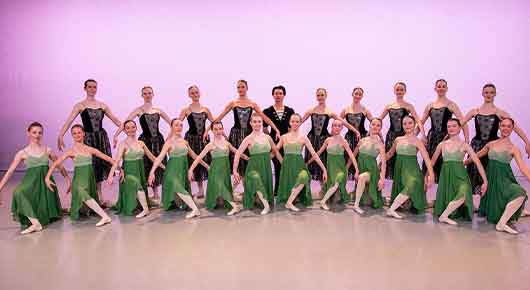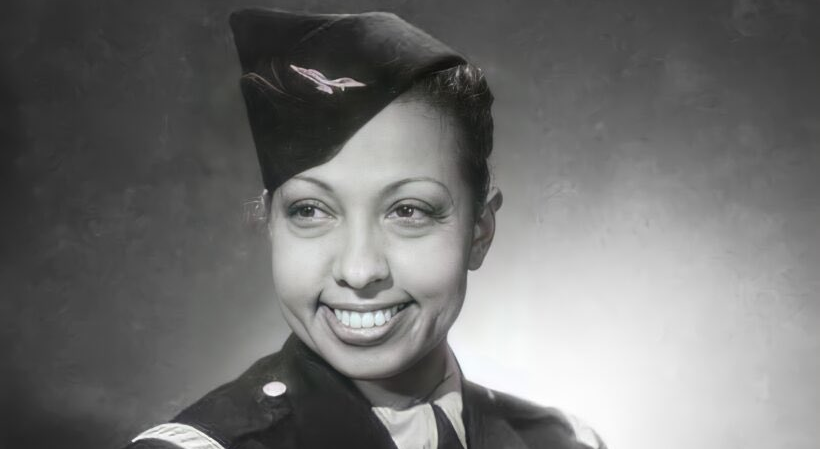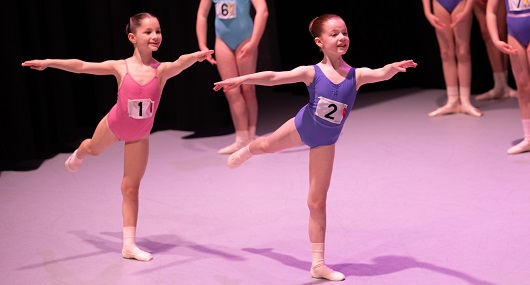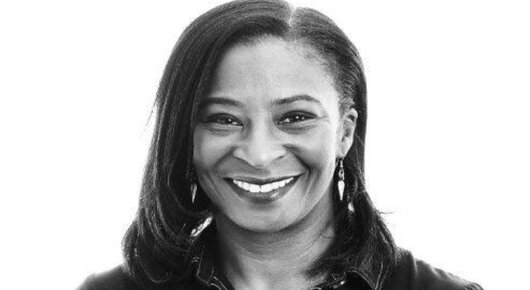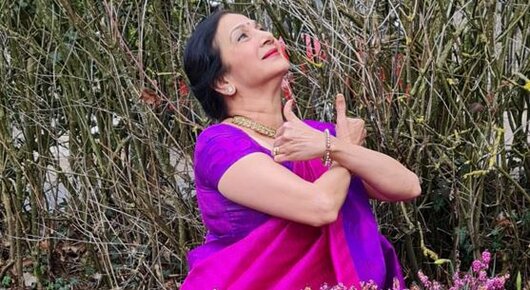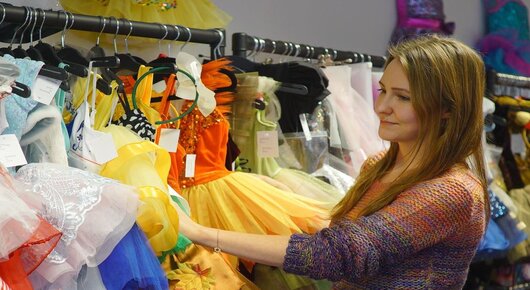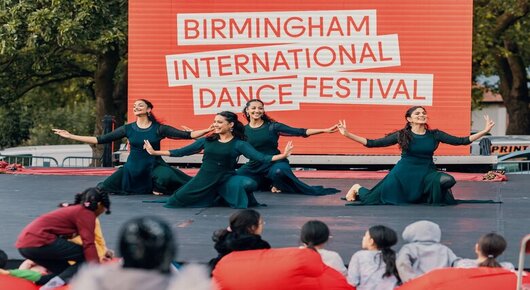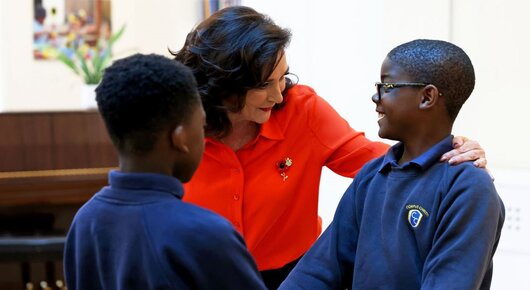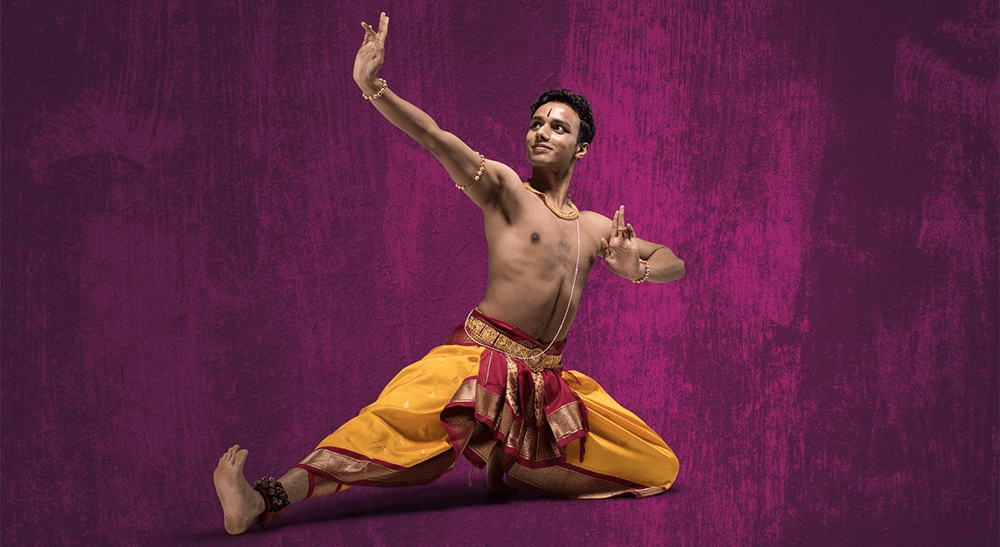19 May 2023
ISTD Patron and President of the British Dance Council, Christopher Hawkins, shares his dance story.
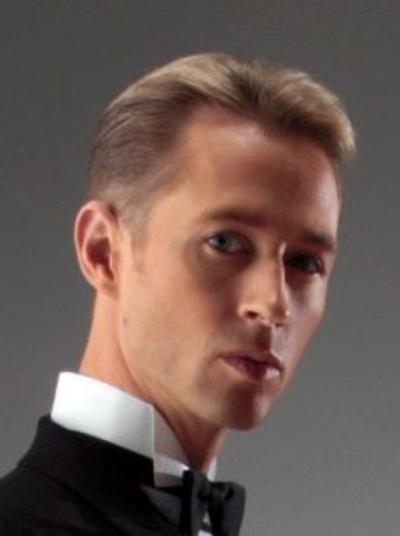
"My life as a dancer began at the age of nine. Having become a parent myself, I now understand that my own parents were probably looking for somewhere to ‘deposit me’ whilst they went for their own dance lessons, and consequently, they took me along to a dance class on a Saturday morning.
On arrival, there were several young children there who were bouncing around to the chart hit In the Jungle, the Mighty Jungle, and the dancing bug got under my skin from the very first day. From there, I soon began private tuition with the renowned Vernon Kemp at what was then known as the Gwenethe Walshe Dance Studio in Central London, where I commenced my early medal tests. As the saying goes… the rest is history!"
What would you say the benefits of teaching dance are?
Teaching dancing is one of the most incredible journeys that can be described. Every person who comes before me as a student has their own individual character, and their own path to growth. It is exciting to watch as my students achieve mastery of the different skills and challenges involved with dance over time, including musicality, coordination, postural excellence, and artistic qualities, to name but a few.
You’re the Former Open British and World Professional Ballroom Champion (three consecutive times!). Did a young Christopher Hawkins have this in his future plans?
Absolutely, I decided that I was going to become a World and Open British Champion from the age of 11. I entered my first-ever major championships at the Royal Albert Hall in London. As you can imagine, it was a truly mesmerising experience for a young child.
Three things happened on that day that changed my life forever. Firstly, my best friend at the time took third place in the event and stood on the podium holding one of those iconic awards. Secondly, my partner and I came fourth and did not receive one. I decided that I was going to be a future champion because I did not want to miss out on winning the title again. Who knows – if I had won a trophy that day, I might never have had the motivation to succeed!
“Having a career in dance is possibly one of the richest experiences that you can have in life.”
What have been some of your proudest achievements in your career to date?
I think that it falls into different aspects of my career. If I talk about my competitive career, it is undoubtedly fulfilling the lifetime dreams of becoming both British and World Professional Ballroom Champion together with my dance partner at the time, Hazel Newberry. This was a 25-year journey which led to a success that I will always hold dear to my heart. Being crowned champion of the world on the famous Empress Ballroom floor in the Winter Gardens, Blackpool is something to treasure for life.
In terms of my committee work, I am very proud to have created the sub-committee, Dancesport 2000, for the English Amateur Dancesport Association. This provided a weekly training system from all the best teachers and trainers of dance and physical preparation that could be provided. I am also proud to have evolved the representation of competitors within the world's competitive industry.
Of course, I am honoured to have been recognised by the ISTD in many ways. Recently receiving the Imperial Award voted for by my colleagues and being both a Dancesport Ambassador and Patron of the Society are huge endorsements of the effort that I have put in to seal a better future for all of our members.
Naturally, I would have to include being elected to become President of the British Dance Council. It is an honour to have earned the trust of my colleagues at an unusually young age, and I accept this faith invested in me very seriously when the industry needs healing and rebuilding. I will do everything in my power to live up to the expectations that have been laid on my shoulders.
You were appointed President of the British Dance Council in June 2022. What are your plans for the council whilst president?
It has been an incredibly difficult period for the dancing industry over the last few years. The Coronavirus pandemic obviously sent a huge tidal wave through the dance schools and studios throughout the country and made us all ask how we were going to survive such an enormous shock. Suddenly, dancers could not practice together, take lessons, dance in competitions and travel. These were all the areas upon which the dance business is built, and it led to a crippling impact on us all. This, plus the shocking occurrence of war in Europe, has really taken its toll on our future. One of the key jobs that I see is to rebuild towards a thriving industry again at all levels from dance schools through to high-level competition dancing.
Another area of concentration is to really bring the British Dance Council up to date with modern procedures and policies. We have already introduced a proper Safeguarding Committee, Public Relations Committee, and an Equity, Diversity, and Inclusivity Committee since I took on the Presidency, and I am very proud to see the Council grow into a strongly constituted regulatory body.
Finally, I think that it is important to focus on unity within the dance world. Our Council is full of all the major organisations which work towards controlling Ballroom, Latin American, Sequence, and Disco and Freestyle genres in our country. We need to harness all these organisations and use their various skill sets in order to create a flourishing business for everyone. If I achieve these three goals, I believe that I can say that I have achieved some very important goals during my tenure.
How does your previous experience help you in your role as President of the British Dance Council?
I suppose that it is fair to say that I have been training for this role all my life. I have been on committees of one sort or another since I was a young Amateur competitor. I am a great believer in democracy, and I think that the experience that I have gained in being Chair/President of both competitive organisations and those within the Imperial Society of Teachers of Dancing means that I have a strong overview of the needs of the whole dancing industry.
In my opinion, to be a great President of the British Dance Council, it is essential to have this wide perspective because the job encompasses so many facets of dance at so many levels.
Do you have any advice for young people who want to begin a career in dance?
Having a career in dance is possibly one of the richest experiences that you can have in life. It can be shaped in so many ways, but the key that underpins it all is that everyone involved has a deep love of artistic movement to music.
Whether you choose to become a performer yourself, a choreographer, an examiner, or a teacher; whether you choose to specialise in competitions, theatre, or running a school; whether you prefer ballroom, tap, ballet, or contemporary, there are endless choices. All these journeys are rewarding, and they will give you a lifetime of enjoyment.
One thing I would suggest is to open yourself up to as many experiences as possible. I myself studied many forms of theatre dance genres when I was a young dancer, and it gave me a broad understanding of dance upon which to make my life choices.
You were a member of the ISTD Modern Ballroom Faculty for over 10 years, being elected Faculty Chair in October 2015. What changes did you bring to the Society, and would you advise other people to join the ISTD committees?
My various roles in the Ballroom Faculty have been hugely rewarding, and I had the honour of working with some exceptional experts of the ISTD. I would not like to take credit for any one thing achieved at the Society as it is, and it always has been a collective effort.
One of the most important things that were achieved was a communication conduit between the Dancesport Faculty Committees and the ISTD management. I think that it is very important that all areas of the ISTD work together in a collaborative way because everyone has their own set of experiences and skills to offer. If we embrace all these different assets, the ISTD will have a fantastic future.
“I view the role of the ISTD as a family for dancers everywhere.”
You recently became a Patron of the ISTD. Can you describe how you see that role for yourself?
My role as a Patron of the Society is to make sure that dancers all around the world are aware of the traditional excellence of the organisation. I view the role of the ISTD as a family for dancers everywhere, and that family will protect its children with excellent teachers, excellent syllabi, and traditional values. It is my job to ensure that these values are sustained as we inevitably must modernise as an organisation, and that the organisation matures with a youthful style that will lead to growth in the modern era.
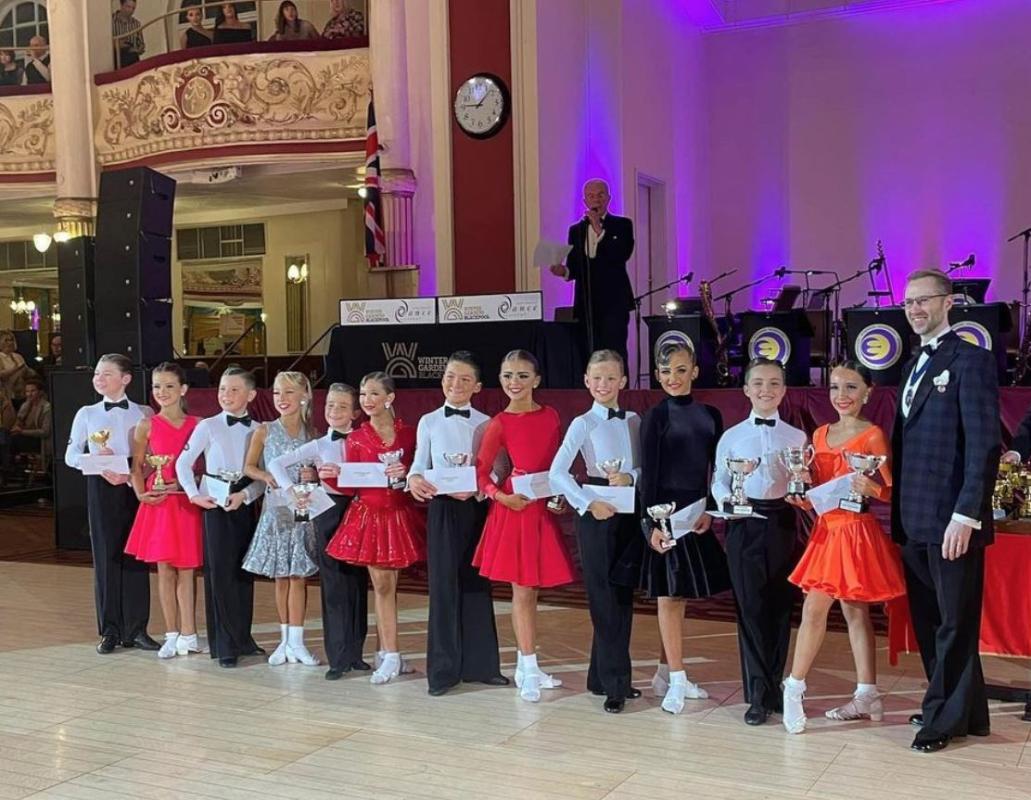
Christopher Hawkins representing the British Dance Council
